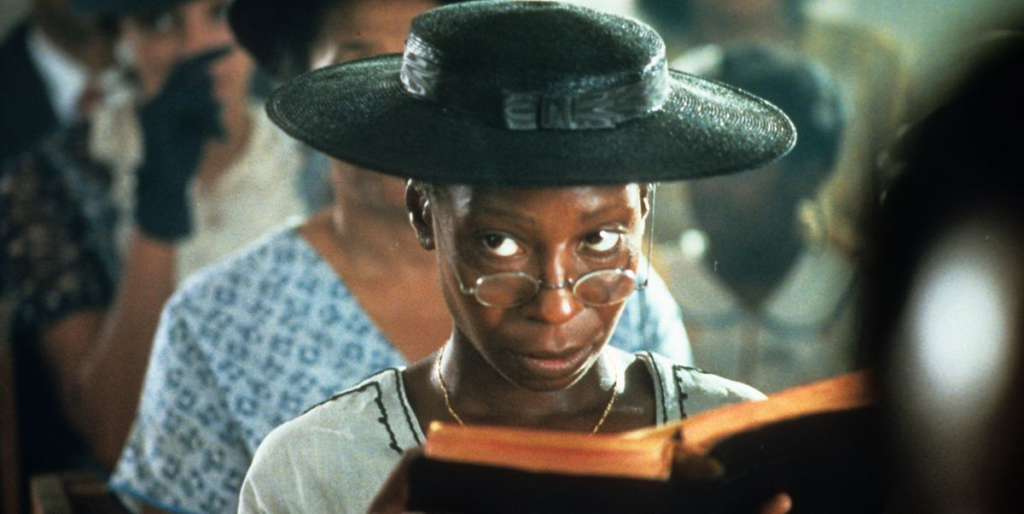“The Legend of Billie Jean” (1981): A Cult Classic of Youth Rebellion and Justice – Film Review

“The Legend of Billie Jean,” directed by Matthew Robbins in 1985, is not just a teen drama; it’s a resonant tale of injustice, rebellion, and the fight for what’s right. The film, which has achieved cult status over the years, stars Helen Slater as Billie Jean, a teenager who becomes an unlikely hero and a symbol for fairness and equality. This review delves into the film’s narrative strengths, production intricacies, and its enduring appeal as a story of youthful defiance against unfairness.
Narrative Dynamics: A Tale of Injustice and Rebellion
Set in Corpus Christi, Texas, “The Legend of Billie Jean” tells the story of Billie Jean Davy (Helen Slater) and her brother Binx (Christian Slater), who become embroiled in a conflict with local bully Hubie Pyatt (Barry Tubb) that escalates into a matter of national attention. The story begins with Binx’s motor scooter being vandalized by Hubie, leading to a series of events that see Billie Jean demanding reparations. The situation spirals out of control, leading to Billie Jean and her friends being wrongly accused and going on the run. As they evade capture, Billie Jean becomes a media sensation and a symbol of youth fighting against injustice.
The film’s narrative is compelling for its portrayal of an ordinary teenager thrust into extraordinary circumstances. The story taps into universal themes of fairness, moral integrity, and the struggle for justice, resonating with young audiences and making Billie Jean a relatable and inspirational figure.
Behind the Scenes: Bringing Billie Jean’s Story to Life
“The Legend of Billie Jean” was a product of its time, capturing the spirit of the mid-1980s with its focus on youth culture and media influence. The film’s production involved shooting in multiple locations in Texas, adding authenticity to its setting.
Director Matthew Robbins, along with screenwriters Lawrence Konner and Mark Rosenthal, worked to create a story that was both entertaining and thought-provoking. They crafted a narrative that combined elements of adventure, drama, and social commentary, making “The Legend of Billie Jean” more than just a typical teen movie.
Cinematography and Visual Style: Capturing the Essence of Rebellion
The cinematography by Jeffrey L. Kimball is noteworthy for its portrayal of the sunny, dusty landscapes of Texas, which provide a backdrop to Billie Jean’s journey. The film’s visual style complements its themes of rebellion and defiance, using a blend of naturalistic settings and dramatic staging to heighten the emotional impact of the story.
Performances: Helen Slater’s Iconic Role and Ensemble Cast
Helen Slater’s performance as Billie Jean is both powerful and nuanced. She brings a sense of determination and innocence to the character, making her transformation into a rebel icon believable and compelling. Christian Slater, in one of his early roles, adds depth to the character of Binx, portraying a mix of vulnerability and adolescent bravado.
The supporting cast, including Keith Gordon, Martha Gehman, and Yeardley Smith, each adds to the film’s narrative, portraying a group of teenagers each dealing with their own struggles and insecurities.
Music and Soundtrack: Enhancing the Film’s Themes
The film’s soundtrack, particularly the song “Invincible” by Pat Benatar, became synonymous with the film’s themes of empowerment and resistance. The music in “The Legend of Billie Jean” is used effectively to underscore the emotional beats of the story and the youthful energy of its characters.
Themes: Justice, Media Influence, and Youth Empowerment
At its heart, “The Legend of Billie Jean” is a film about the fight for justice and the power of standing up for what is right. It explores how the media can both help and hinder a cause, and how a simple demand for fairness can turn into a nationwide movement.
The film also touches on themes of youth empowerment, gender equality, and the impact of societal expectations on teenagers. Billie Jean’s character becomes a symbol for these themes, embodying the struggle for respect and equality.
Cultural Impact and Legacy
While “The Legend of Billie Jean” was not a major commercial success upon its release, it has since gained a cult following. The film’s message of fighting for justice and its portrayal of a strong, determined female protagonist have resonated with audiences over the years. Billie Jean’s rallying cry of “Fair is fair!” has become emblematic of the film’s enduring appeal.
“The Legend of Billie Jean” stands as a compelling narrative that skillfully combines elements of drama, adventure, and social commentary. The film’s portrayal of youth rebellion, its exploration of themes relevant to teenagers and young adults, and the strong performances of its cast make it a noteworthy and enduring piece in the landscape of 1980s cinema. It’s a film that not only entertains but also inspires, making it a memorable and significant work in the realm of teen dramas.




